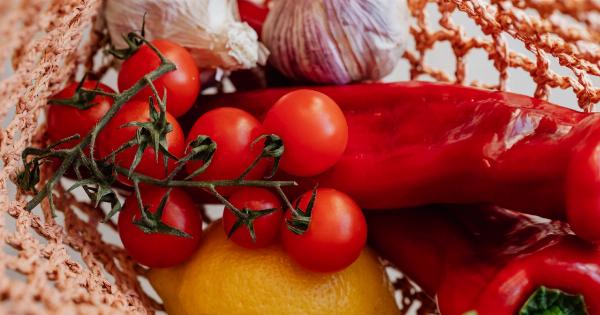It’s no secret that the food we eat can contain a variety of fats. While we need some fat in our diet for energy and various bodily functions, too much can lead to health problems like heart disease and obesity.
That’s why it’s important to be aware of the fats in our food, and one way to do that is by smelling them out.
The Science of Smell
When it comes to identifying the fats in our food by smell, it all comes down to the science of olfaction. Olfaction is the sense of smell, and it’s a vital tool when it comes to what we eat.
Our noses are equipped with olfactory receptors that can detect a wide range of scents. These receptors send signals to the brain, which can help us identify different substances.
The Fats We Encounter
So what kinds of fats might we encounter in our food? There are many, but some of the most common include:.
- Saturated Fats: These are typically solid at room temperature and are often found in animal products like meat, butter, and cheese.
- Trans Fats: These are often found in processed foods like packaged snacks, frozen dinners, and baked goods.
- Unsaturated Fats: These are typically liquid at room temperature and are often found in plant-based oils like olive oil, avocado oil, and canola oil.
Smelling Out Fats
So how can we use our sense of smell to identify these different types of fats? One way is to pay attention to the smells that come from our food when we cook it.
For example, heating up a pan of butter might produce a distinct smell that can help us identify it as a source of saturated fat. Similarly, baking a batch of cookies made with margarine might produce a different smell that can help us identify trans fats.
Training Your Nose
Of course, not everyone is a natural at identifying the smells of different types of fats. But with a little practice, you can learn to train your nose.
One way to do this is by smelling different types of oils and fats on their own, before you start cooking with them. Take a sniff of a bottle of olive oil, for example, and try to commit the scent to memory. Then, as you cook with that oil, pay attention to how the smell changes.
With time and practice, you might start to notice the difference between the smells of different types of fats.
Other Ways to Identify Fats
While using our sense of smell is one way to identify fats in our food, it’s not the only way. Here are a few other tips:.
- Read Labels: When shopping for food, be sure to read the nutrition labels carefully. These will list the amount and type of fat in the product.
- Look at Texture: As we mentioned earlier, different types of fat can have different textures. Paying attention to the texture of the food you’re eating can help you identify what types of fats might be inside.
- Pay Attention to Taste: Some types of fat can affect the taste of our food. For example, foods high in saturated fats might have a richer taste than those with unsaturated fats.
Conclusion
Paying attention to the fats in our food is an important part of maintaining a healthy diet.
By using our sense of smell, along with other tools like reading labels and paying attention to texture and taste, we can better identify the types of fats we’re consuming. With a little practice and awareness, it’s possible to make healthier choices when it comes to fats in our diet.




























